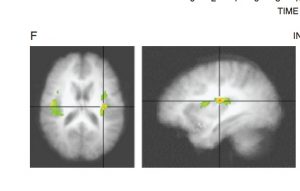This week I had the opportunity of visiting the Museé de Fumeur. While the front of the shop was unassuming, behind the quaint smoke shop lay a hallway and rooms filled with the historical documentation of smoking. In Paris, it had shocked me how socially pervasive smoking culture was. It often felt as though I couldn’t go five steps without breathing in second-hand smoke. The difference in the acceptability and prevalence of smoking in the US and France had intrigued me. The museum was fascinating as it helped me see how different cultures throughout time saw smoking and how smoking culture evolved. The coolest part of the museum, for me, was the collection of old smoking pipes. Each was ornately crafted and decorated, turning the pipe into a beautiful and artful piece instead of just a smoking device. I thought the intricate craftsmanship of each pipe was a measure of smoking’s high social value. In fact, the museum’s collection of portraits of famous people illustrated smoking as a form of expression, an accessory that could impact one’s identity and how they are viewed in society.

Growing up with asthma, smoking had a unique connotation for me. While my tolerance for cigarette smoke has increased over time, when I was younger, concentrated smoke would send me into coughing fits that could last hours. I was unable to comprehend the appeal that smoking could potentially have for other people. As a neuroscience student, I now recognize the highly addictive effects nicotine has. In fact, this week, in our Global Neuroscience class, we were reading a paper on how nicotine addiction could be impacted by the inter-individual differences. The museum and course readings made me think about what makes smoking so hard to quit, despite its known negative health effects.
An article by Gloria et al. (2009) used fMRI brain imaging to determine what nicotine withdrawal does to brain activity when presented with a smoke-related cue. They found that brain regions associated with motor control and addiction/pain were significantly activated during withdrawal. Specifically, the insula, an area of the brain that is known to encode and interpret pain, addiction, and emotion was involved in withdrawal response. These results have interesting implications as some people may feel literal pain during the withdrawal stages of nicotine, making the process incredibly challenging.

This museum visit really helped me contextualize the social and cultural value smoking has had over time and how neuroscience could help explain its prevalence.
Reference:
https://centerhealthyminds.org/assets/files-publications/GloriafMRIPsychophysiology.pdf
